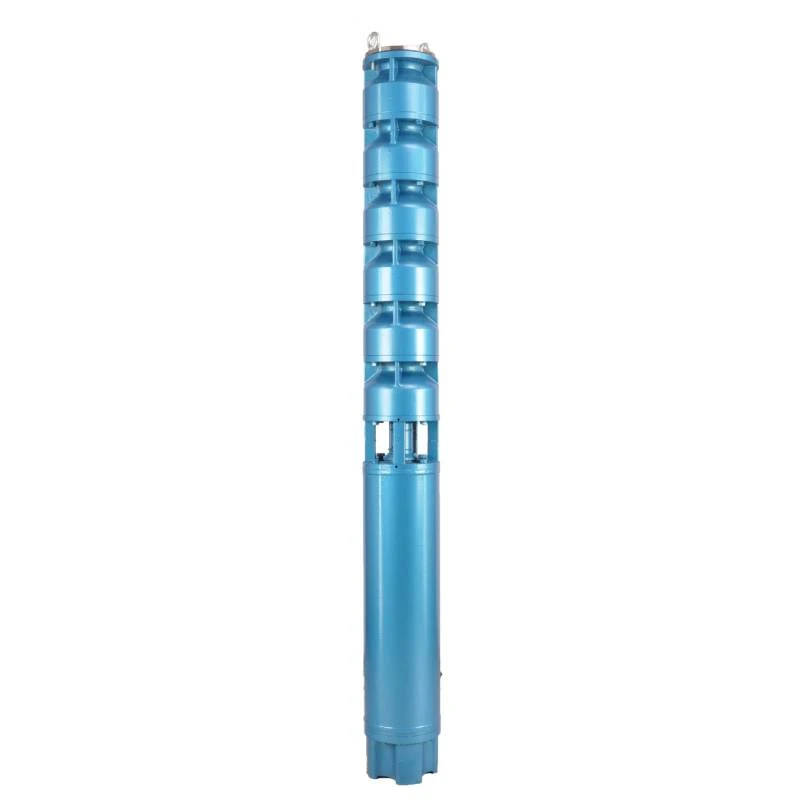Dec . 13, 2024 12:20 Back to list
high temperature submersible pump
High-Temperature Submersible Pumps A Comprehensive Overview
High-temperature submersible pumps are specialized devices designed to operate efficiently in extreme thermal conditions. These pumps are essential for various industrial applications, including geothermal energy extraction, hot water wells, and in processes where high-temperature fluids need to be transported. Understanding the capabilities, features, and applications of these pumps is crucial for industries that deal with hot liquids.
What Are High-Temperature Submersible Pumps?
Submersible pumps, in general, are devices that are fully submerged in the fluid they are pumping. They are equipped with a hermetically sealed motor that drives the pump impeller. High-temperature submersible pumps can endure fluid temperatures typically exceeding 80°C (176°F), and some designs can operate at temperatures as high as 150°C (302°F) or more. The materials used in the construction of these pumps must withstand the corrosive effects of hot fluids while maintaining structural integrity.
Key Features
1. Material Composition High-temperature submersible pumps are often made from robust materials such as stainless steel, titanium, or high-grade thermoplastics. These materials are chosen for their ability to resist corrosion and withstand thermal expansion.
2. Sealing Technology Proper sealing is crucial in high-temperature applications to prevent leaks and protect the motor from fluid ingress. High-performance mechanical seals or specialized elastomers are utilized to maintain seal integrity under heat.
3. Cooling Mechanisms As the temperature of the pumped fluid increases, so does the risk of overheating the motor. Many high-temperature submersible pumps incorporate cooling jackets or auxiliary cooling systems to dissipate heat effectively and maintain optimal operating conditions.
4. Variable Speed and Control Advanced submersible pumps often feature variable speed drives and smart control systems that allow for precise management of flow rates and energy consumption. This adaptability enhances operational efficiency, especially in applications with fluctuating demands.
Applications
High-temperature submersible pumps find applications across a variety of sectors
high temperature submersible pump

1. Geothermal Energy These pumps are instrumental in extracting thermal energy from the Earth. High temperatures are common in geothermal wells, and submersible pumps are used to transport hot water or steam to the surface, where it can be converted into electricity or used for heating.
2. Industries Involving Hot Water Transport In sectors such as food processing, chemical manufacturing, and mining, high-temperature submersible pumps are used to transport hot liquids efficiently, ensuring continuous operation and reducing downtime.
3. Wastewater Treatment High-temperature submersible pumps play a vital role in the treatment of wastewater, especially in facilities where hot effluents are produced. They help in transferring heated wastewater through various stages of treatment, maintaining the necessary temperature for efficient processing.
4. Firefighting Systems In certain situations, high-temperature submersible pumps are used in firefighting applications, where they can draw on heated water sources to create an effective firefighting strategy.
Benefits
The advantages of utilizing high-temperature submersible pumps are significant
- Durability Their robust construction ensures long service life, reducing maintenance and replacement costs. - Efficiency High-temperature pumps operate effectively with minimal energy consumption, translating to lower operational costs.
- Versatility These pumps can be used in a wide range of conditions and applications, making them suitable for various industries.
- Safety By being submersible, these pumps minimize the risks associated with moving hot fluids, such as steam or high-pressure liquids, enhancing workplace safety.
Conclusion
High-temperature submersible pumps are indispensable tools in modern industrial operations that deal with hot fluids. Their ability to withstand extreme conditions, combined with technological advancements in design and materials, makes them a reliable choice for many applications. As industries continue to grow and evolve, the demand for efficient and durable pumps will only increase, highlighting the importance of high-temperature submersible pumps in the future. Understanding their operation, features, and applications will equip professionals in relevant fields to make informed decisions about their implementation in specific projects, ultimately leading to enhanced efficiency and safety in operations.
-
Submersible Water Pump: The Efficient 'Power Pioneer' of the Underwater World
NewsJul.01,2025
-
Submersible Pond Pump: The Hidden Guardian of Water Landscape Ecology
NewsJul.01,2025
-
Stainless Well Pump: A Reliable and Durable Pumping Main Force
NewsJul.01,2025
-
Stainless Steel Submersible Pump: An Efficient and Versatile Tool for Underwater Operations
NewsJul.01,2025
-
Deep Well Submersible Pump: An Efficient 'Sucker' of Groundwater Sources
NewsJul.01,2025
-
Deep Water Well Pump: An Efficient 'Sucker' of Groundwater Sources
NewsJul.01,2025
-
 Submersible Water Pump: The Efficient 'Power Pioneer' of the Underwater WorldIn the field of hydraulic equipment, the Submersible Water Pump has become the core equipment for underwater operations and water resource transportation due to its unique design and excellent performance.Detail
Submersible Water Pump: The Efficient 'Power Pioneer' of the Underwater WorldIn the field of hydraulic equipment, the Submersible Water Pump has become the core equipment for underwater operations and water resource transportation due to its unique design and excellent performance.Detail -
 Submersible Pond Pump: The Hidden Guardian of Water Landscape EcologyIn courtyard landscapes, ecological ponds, and even small-scale water conservancy projects, there is a silent yet indispensable equipment - the Submersible Pond Pump.Detail
Submersible Pond Pump: The Hidden Guardian of Water Landscape EcologyIn courtyard landscapes, ecological ponds, and even small-scale water conservancy projects, there is a silent yet indispensable equipment - the Submersible Pond Pump.Detail -
 Stainless Well Pump: A Reliable and Durable Pumping Main ForceIn the field of water resource transportation, Stainless Well Pump has become the core equipment for various pumping scenarios with its excellent performance and reliable quality.Detail
Stainless Well Pump: A Reliable and Durable Pumping Main ForceIn the field of water resource transportation, Stainless Well Pump has become the core equipment for various pumping scenarios with its excellent performance and reliable quality.Detail
